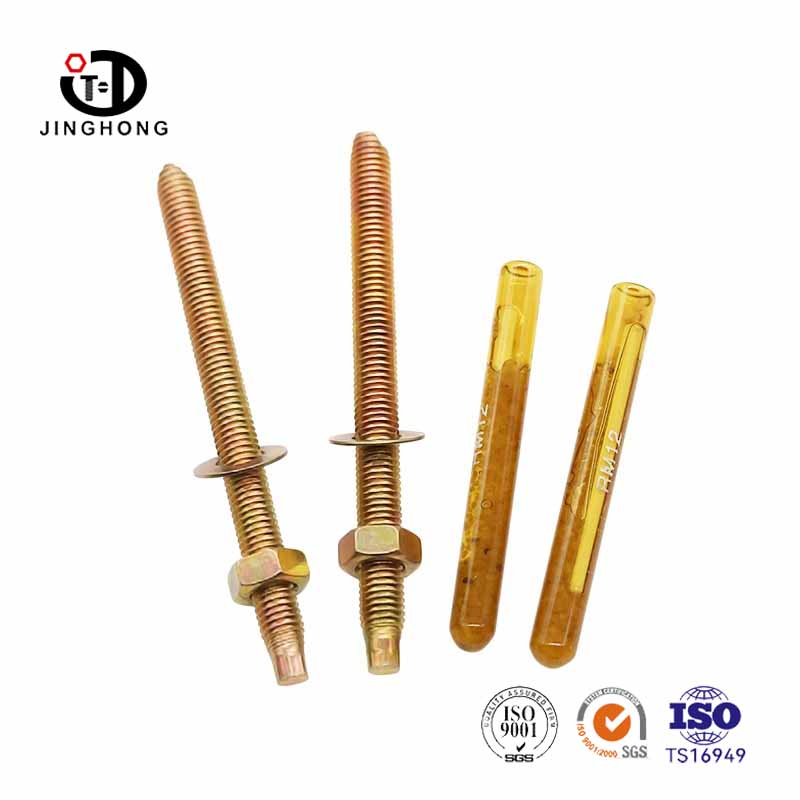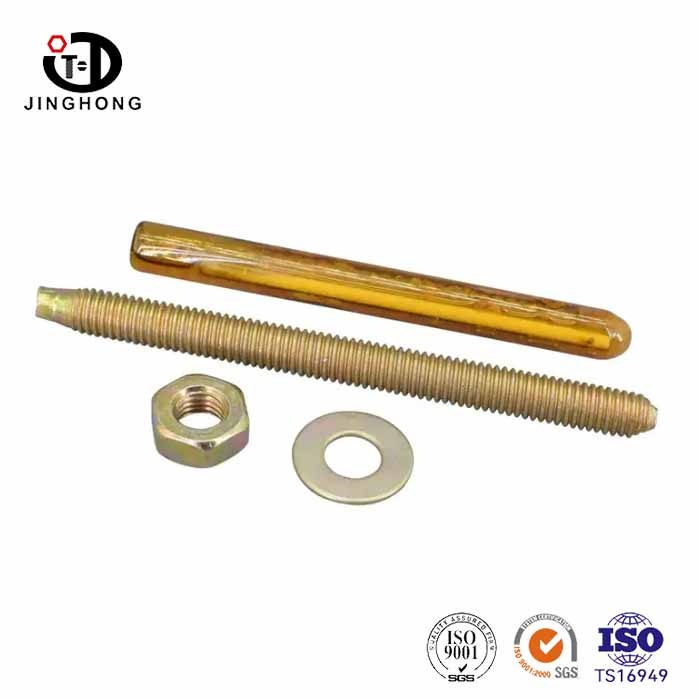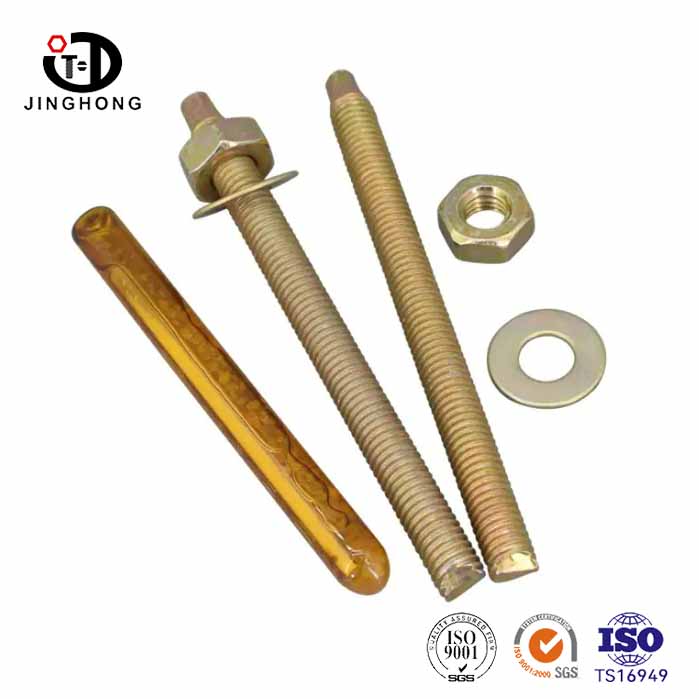Do you really know anything about chemical anchors?
2025-04-03
The chemical anchor bolt is fixed to the object with chemical agents, and the expansion bolt is fixed to the object through the expansion tube. In comparison, the fixed effect of the chemical anchor bolt is better, but the operation is relatively troublesome.
The chemical anchor bolt is a special chemical binder that binds the anchor bolt and the hole wall, so that the anchor bolt, the compound and the substrate form a whole to achieve the effect of fixing the component or improving the bearing capacity of the component.
The installation of chemical anchors is more complicated, and it is not only necessary to pay attention to the problem of whether the chemical agents are expired, but also to pay attention to cleaning the foreign bodies in the holes after the holes are drilled. The following are the specific installation steps of chemical anchors: First, drill holes according to the diameter and depth of bolt specifications; Clean the hole with a cleaning tool and remove the foreign matter in the hole. Secondly, put the hose into the cleaned hole according to the square; Turn the bolt into the hole with a power tool. Finally, according to the ambient temperature of the construction site, wait for enough time to harden, and after hardening, the load capacity of the anchor bolt can be fully exerted.
Jinghong standard chemical anchors have the characteristics of acid and alkali resistance, low temperature resistance, aging resistance, and can be stable under harsh environment for a long time. The anchoring force of the chemical anchor bolt is strong, and it is similar to embedment. Besides,the chemical anchor has no expansion extrusion stress on the substrate, and is suitable for heavy loads and various vibration loads. Chemical anchors are used in a wide range of fields, such as concrete and natural stone.
Although the chemical anchor is easy to use, in practical applications, it must be determined according to its own use needs. In the future, Jinghong standard parts will continue to innovate and upgrade chemical anchors.






